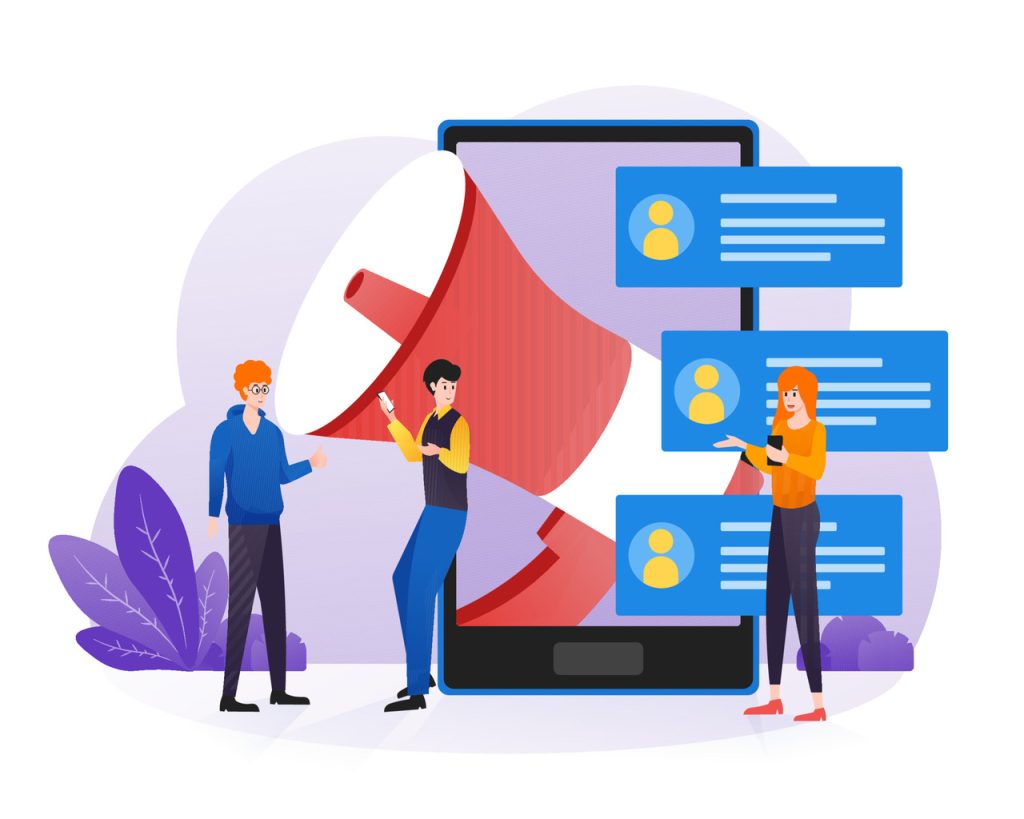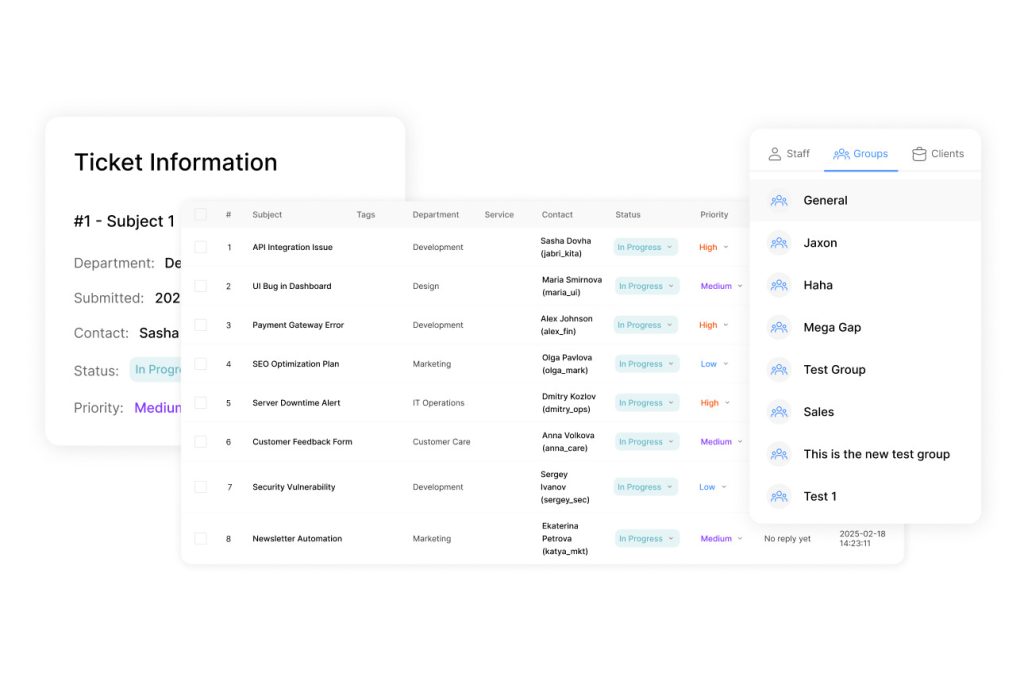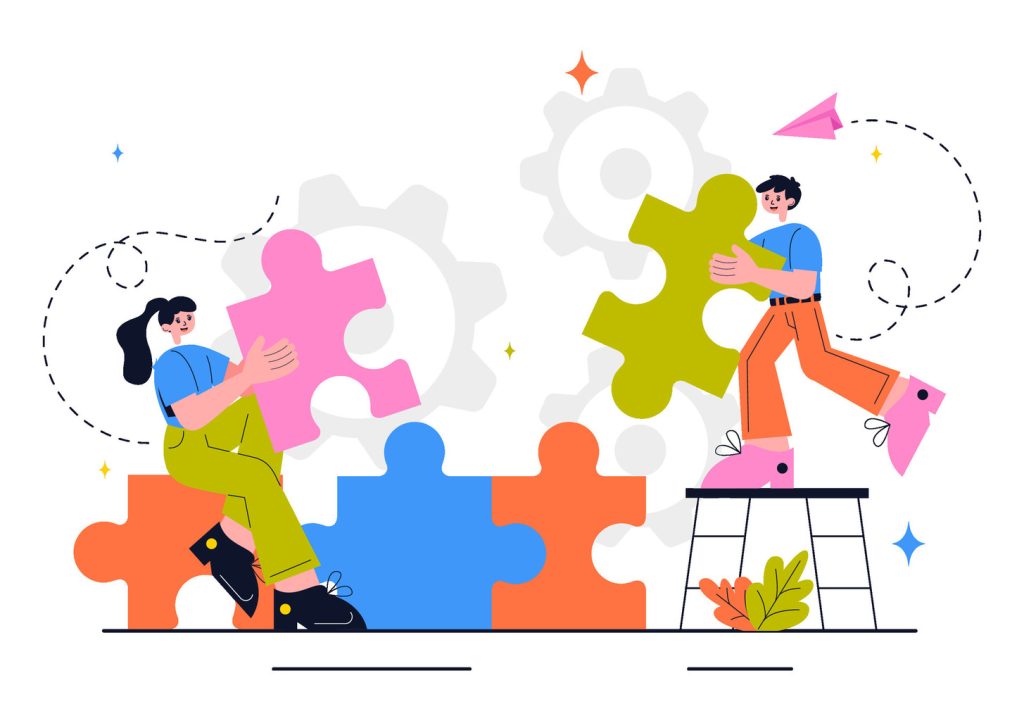Efficient Chat-To-Ticket Conversion: How-To for Businesses

Modern companies face a critical challenge: delivering fast, consistent service across chat, email, and messaging platforms without sacrificing efficiency. Fragmented communication tools create delays, duplicated efforts, and frustrated teams. A unified approach transforms this chaos into clarity.
Integrating real-time chat with helpdesk systems bridges the gap between instant conversations and structured workflows. This strategic alignment turns spontaneous discussions into actionable tickets automatically, preserving context and urgency. Teams resolve issues faster while maintaining visibility across every interaction.
Leading platforms like LiveChat and HelpDesk demonstrate the power of seamless integration. Shared design frameworks eliminate app-switching, letting agents manage chats, emails, and tickets in one workspace. Automated data sync removes manual entry errors, freeing staff to focus on customer solutions rather than administrative tasks.
Businesses adopting this model report measurable gains. Response times drop as tickets route to the right experts instantly. Historical chat logs prevent repetition during escalations, while consolidated analytics reveal trends for smarter resource planning. The result? Higher satisfaction scores and leaner operational costs.
Key Takeaways
- Combining chat and ticketing systems creates a single source of truth for customer interactions
- Automated workflows reduce manual processes by up to 40% in typical service teams
- Real-time data sharing between platforms prevents context loss during ticket creation
- Centralized reporting helps identify recurring issues and agent training opportunities
- Seamless integration maintains brand voice consistency across all support channels
Introduction to Chat-To-Ticket Conversion
Customer service teams increasingly rely on live chat to meet demand for instant responses. Yet without proper tracking, valuable insights from these exchanges risk disappearing into digital noise. Structured conversion systems bridge this gap by transforming casual conversations into documented action items.
Core Principles of Interaction Management
When a chat discussion requires follow-up, automated systems create tickets containing the full transcript and customer profile. This preserves context better than manual summaries. “Our resolution rates improved 25% after implementing automated documentation,” notes a retail support manager.
| Process | Traditional Method | Integrated Approach |
|---|---|---|
| Case Creation | Manual copy-paste | Auto-generated with metadata |
| Priority Setting | Guessed urgency | AI-powered classification |
| Agent Assignment | Random distribution | Skills-based routing |
Workflow Transformation in Action
Service teams gain clear escalation paths through standardized tickets. Historical data helps agents understand recurring issues without asking customers to repeat details. Real-time dashboards show queue volumes, enabling smarter staffing decisions.
Key advantages emerge:
- Complete interaction history attached to every case
- Automatic SLA timers for response deadlines
- Centralized reporting across all chats and tickets
Optimizing Chat-To-Ticket Conversion Workflows

Businesses balancing speed and organization in customer service find integrated systems transform chaotic workflows. By merging live chat with helpdesk tools, teams eliminate information silos while maintaining response velocity. This alignment turns fragmented interactions into structured processes without sacrificing immediacy.
Key Benefits for Businesses
In practice, automated workflows slash repetitive tasks like data entry.
For instance, one e-commerce company reduced ticket creation time by 53% using shared customer profiles between platforms. According to results, “Agents now resolve 18% more cases daily,” reports a tech support manager.
| Process | Manual Approach | Automated System |
|---|---|---|
| Customer Identification | Ask for details repeatedly | Auto-fill from chat history |
| Issue Categorization | Agent guesses priority level | AI analyzes conversation tone |
| Knowledge Base Access | Search multiple platforms | Instant article suggestions |
How It Enhances Agent Productivity
Unified interfaces let agents handle complex cases faster. Features like these drive efficiency:
- Shared workspaces display live chat and ticket data side-by-side
- Auto-generated response templates for common issues
- Real-time alerts when customers mention competitors
Intelligent routing cuts response time by matching cases to specialists. Teams using CRM automation strategies see 31% faster escalations. Managers gain performance dashboards showing individual and team metrics, enabling targeted coaching.
Setting Up and Integrating Your Chat and Ticketing Systems
Fundamentally, streamlining customer support starts with properly connected tools.
By design, merging live chat platforms with helpdesk solutions creates a unified workflow where conversations become actionable cases automatically. As a result, this alignment eliminates manual transfers while maintaining service speed.
Step-by-Step Guide Using LiveChat and HelpDesk
Begin integration through LiveChat’s dashboard shortcuts or Marketplace. Select HelpDesk and click “Get” to start the connection. Complete product onboarding to activate message forwarding rules. “Teams using this method reduce setup errors by 63%,” reports a SaaS support director.
| Setup Phase | Manual Process | Automated Integration |
|---|---|---|
| Platform Linking | API coding required | One-click marketplace install |
| Data Transfer | CSV file imports | Real-time sync |
| User Permissions | Individual access grants | Role-based templates |
Configuring Ticket Form Settings for Seamless Integration
To get started, activate ticket form features in LiveChat’s settings under Forms > Ticket Form.
Next, customize fields to capture essential customer data during conversions. Finally, enable availability rules so forms appear when agents are offline.
Critical configuration steps include:
- Mapping chat metadata to ticket form fields
- Setting SLA triggers based on issue complexity
- Connecting knowledge base articles to suggested solutions
To ensure reliability, maintain an active HelpDesk subscription so ticket form messages function properly.
Before going live, test the workflow by simulating customer interactions. According to recent data, this verification step prevents 89% of common integration errors.
Overcoming Integration Challenges and Common Issues

Admittedly, even well-planned tech integrations can encounter unexpected obstacles.
In many cases, alignment between live chat helpdesk systems often reveals configuration gaps that disrupt workflows. To mitigate this, proactive troubleshooting ensures smooth transitions while maintaining service quality.
Identifying Potential Setups and Errors
Ownership conflicts rank among the top integration blockers. When helpdesk and chat platforms use different email addresses for registration, systems can’t authenticate properly. “We resolve 3-5 ownership mismatches daily,” shares a HelpDesk support engineer.
| Challenge | Root Cause | Solution |
|---|---|---|
| Failed Data Sync | Mismatched API keys | Reauthorize both platforms |
| Duplicate Accounts | Multiple organization IDs | Merge under primary email |
| Field Mapping Errors | Custom workflow conflicts | Standardize field names |
Authentication issues often stem from permission settings. Verify account access levels before integration. Ensure admin privileges match across both systems.
For complex scenarios like multiple helpdesk accounts under one owner, contact support@helpdesk.com. Technical teams can reassign organization ownership or merge profiles while preserving historical details.
Prevent 73% of integration errors by:
- Using identical email addresses for both platforms
- Reviewing custom field compatibility pre-launch
- Testing with sample data before full deployment
Regular audits catch permission drifts in account settings. Update user roles when team structures change to maintain seamless integration.
Leveraging Automation and Best Practices for Customer Support
Forward-thinking organizations now combine intelligent automation with collaborative tools to elevate service quality. This approach transforms reactive support teams into proactive problem-solving units while maintaining human oversight.
Utilizing Automation to Improve Response Time
HelpDesk’s 24/7 automation handles repetitive tasks like case documentation and initial responses. “Our first-contact resolution rate jumped 34% after implementing smart replies,” states a telecom support lead. Systems analyze incoming messages to:
- Auto-classify urgency levels using sentiment analysis
- Suggest knowledge base articles during live chats
- Trigger SLA timers for time-sensitive requests
| Process | Manual Handling | Automated Solution |
|---|---|---|
| Initial Response | 5-15 minute delay | Instant acknowledgment |
| Issue Routing | Random distribution | Skills-based assignment |
| Escalation Handling | Supervisor intervention | Predefined workflow triggers |
Enhancing Team Collaboration with Integrated Systems
Shared workspaces in platforms like HelpDesk eliminate information silos. Agents add private notes, tag colleagues, and reference past tickets without switching screens. Key features include:
- Real-time activity feeds showing case updates
- Centralized customer interaction histories
- Automated performance reports for coaching
Teams managing all communications in one place reduce resolution delays by 41% on average. Unified dashboards display live chat queues alongside ticket backlogs, enabling smarter workload distribution.
Real-World Examples and Success Stories

Leading enterprises across industries now showcase measurable gains through unified chat and ticketing systems. These implementations prove that strategic alignment between communication tools drives operational excellence while maintaining customer-centric service.
Case Studies of Streamlined Support
A global SaaS provider reduced escalations by 38% after integrating Freshdesk with Freshchat. Premium clients reporting technical issues saw tickets auto-generated with full chat histories, cutting resolution time by 52%. “Our engineering team resolves complex cases 3x faster with contextual data,” shares their support director.
Key outcomes from successful deployments:
- E-commerce brands achieved 67% faster response rates using automated helpdesk ticket creation
- Healthcare providers improved compliance by attaching secure chat transcripts to support tickets
- Tech firms reduced duplicate conversations through centralized message tracking
Optimizing Integration Outcomes
To begin with, early adopters emphasize critical success factors.
Notably, field mapping between chat platforms and helpdesk systems prevents data loss during conversions. For example, one fintech company boosted agent productivity 44% by tagging chats with priority levels before ticket creation.
Proven strategies from implementation teams:
- Phased rollouts with pilot groups to test workflow configurations
- Cross-training agents on both chat and ticket management interfaces
- Regular audits of automated routing rules to maintain accuracy
For insights on refining these workflows, explore how ClearCRM enhances customer management through unified platforms. Teams using these principles report 31% higher satisfaction scores from premium clients requiring specialized support.
Conclusion
Unified communication systems redefine how businesses manage customer interactions. By merging livechat platforms with helpdesk solutions, organizations turn spontaneous conversations into structured workflows effortlessly. This strategic alignment eliminates data silos while preserving service speed and personalization.
Effective implementation demands meticulous planning. Teams must configure integration settings to auto-capture chat transcripts and customer profiles. Proper training ensures agents leverage shared interfaces to resolve cases faster without switching between apps.
Companies adopting this model see tangible results. Response times shrink as tickets route to specialists instantly. Agents access complete interaction histories, reducing repetitive questions. Centralized analytics reveal patterns for smarter resource allocation across channels.
The operational payoff extends beyond efficiency gains. Reduced administrative tasks let teams focus on complex issues. Automated documentation improves compliance, while real-time collaboration tools foster knowledge sharing among agents.
Businesses prioritizing seamless integration position themselves for scalable growth. As customer expectations evolve, combining chat responsiveness with ticket tracking becomes essential. Those mastering this balance will lead their industries in service quality and operational agility.

